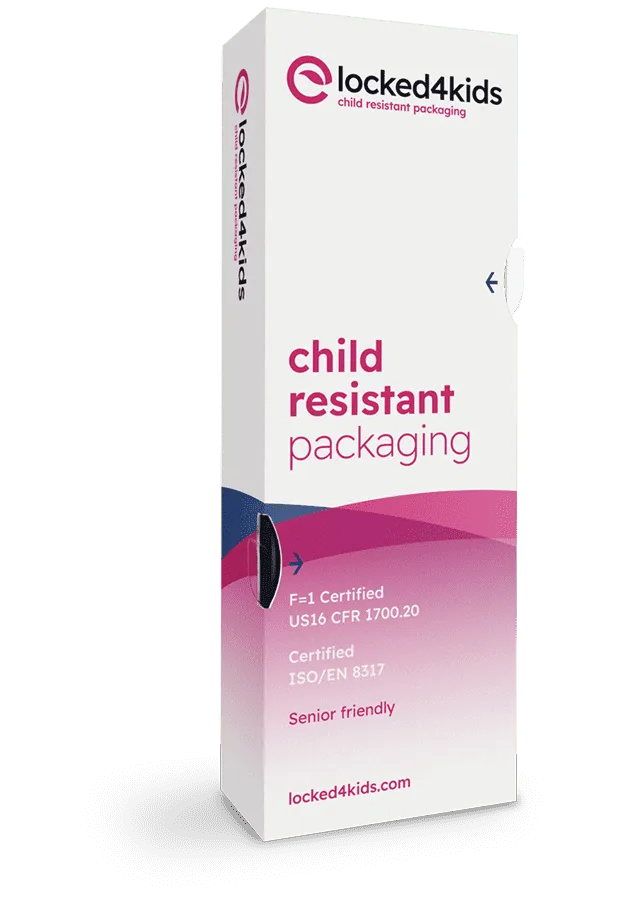
Cold sealing
With cold sealing, only pressure is required to make a perfect card-to-card bond. A cold seal blister card is coated with Ecobliss’ CS8000 series pressure-sensitive cohesive. This makes it possible to seal the card without using any heat or electricity. Which in turn makes the packaging process simple, quick and very cost-effective. A range of packaging equipment, from the very simple to highly automated, is available to support this packaging process. Cold seal blister packaging is therefore scalable to any packaging job, small or large.
Highly visible shelf presentation
Ecobliss cold seal blister packaging consists of a pressure sensitive fold-over, or separate front and back blister card, and a transparent blister. The blister is trapped between two pieces of board that are bonded under pressure without using any heat. Together, blister and card form a beautiful, highly visible shelf presentation for your product. Another bonus of this technology is that the people doing the packaging will not be exposed to any hazardous or uncomfortable radiation, heat, smell or noise. Sustainable cold seal packaging contains plastic that can easily be recycled. Usually, a clear PET film is used to produce the blister, and obviously recycled PET is always recommended.
Cold seal advantages
So, we mentioned a few reasons why cold seal is the sustainable way to go. Allow us to summarize all the main advantages this technique has.
Accelerated production speeds
Cold seal packaging significantly enhances production efficiency by eliminating the need for heat during the sealing process. This allows packaging lines to operate at speeds up to 10 times faster than traditional heat-sealing methods. The reason being that there's no requirement for heating elements to reach specific temperatures or for cooling periods post-sealing. Such efficiency is particularly beneficial for high-volume production environments.
Energy efficiency and cost reduction
By removing the necessity for heat, cold seal for packaging reduces energy consumption, leading to lower operational costs. The absence of heating elements not only conserves energy but also minimizes equipment wear and maintenance needs. This contributes to overall cost savings.
Protection of heat-sensitive products
Cold seal technology is ideal for packaging items sensitive to heat, such as chocolates, confections, and certain pharmaceuticals. Since the sealing process does not involve heat, it preserves the integrity, appearance, and quality of these products. This in turn prevents issues like melting or degradation.
Enhanced workplace safety
Eliminating heat from the sealing process reduces the risk of burns and other heat-related injuries to workers. This creates a safer working environment and can lead to improved employee well-being and reduced downtime due to accidents.
Sustainability and environmental benefits
Cold seal technology often utilizes water-based, solvent-free adhesives, making it a more environmentally friendly option. The reduced energy requirements and potential for recyclable materials contribute to a lower carbon footprint. This aligns with sustainability goals and consumer preferences for eco-friendly packaging solutions.
Cold seal: the sustainable solution
In 1995, together with Professor G. Wouters, Ron Linssen, managing director of Ecobliss, developed a new, innovative cold sealing technology for blister packaging. Since its introduction, this new, eco-friendly and cost-effective technology has made Ecobliss a known and respected name in the packaging world. Over the years we have continued our investment in innovation and are now recognized as the Smart Source for the entire range of blister and high-visibility packaging.
For more information on our background, click here.






